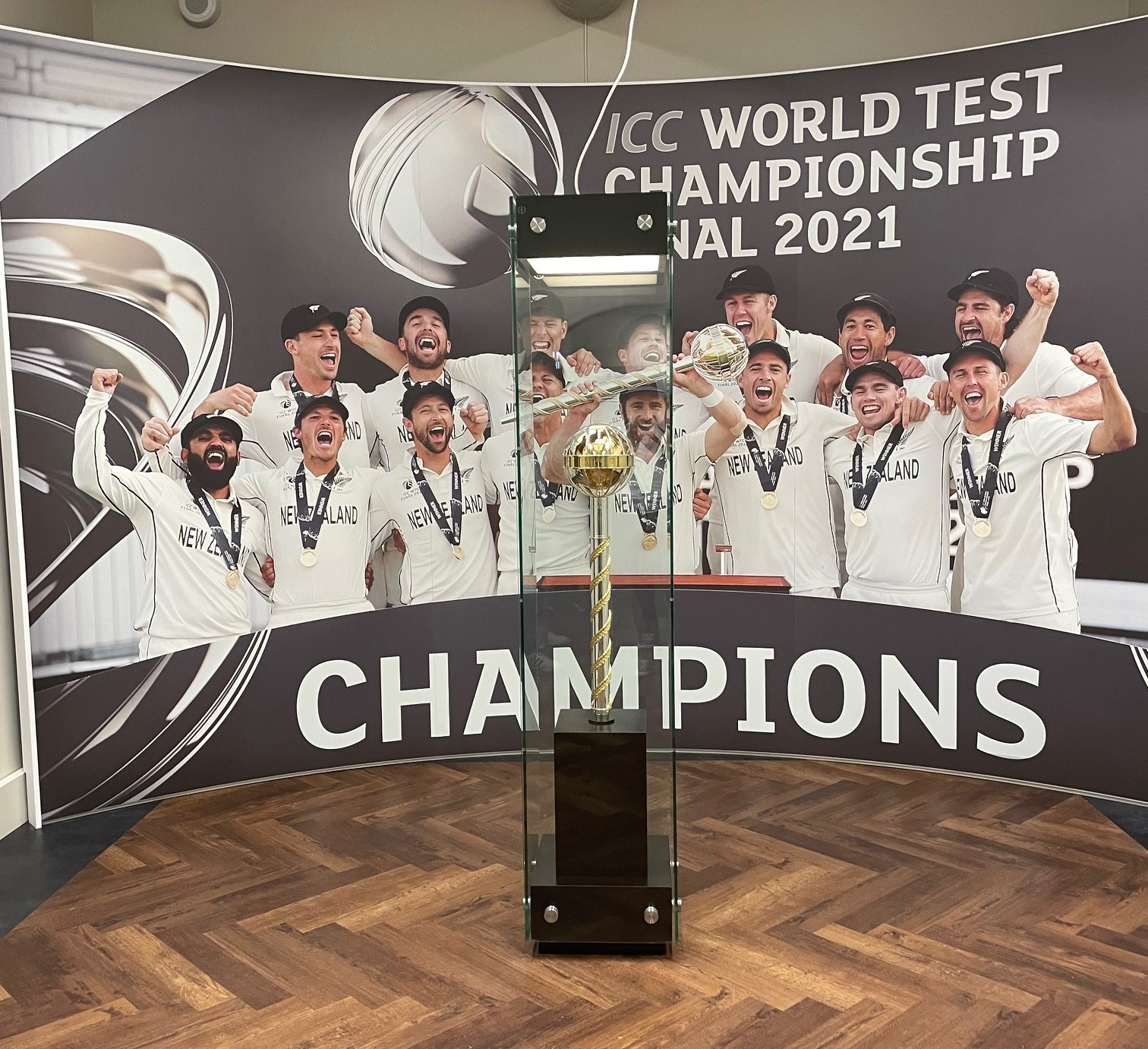The Two Tier System
0“The nice guys” “Punch above their weight” “Spirit of Cricket award winners” “Over achievers per capita” “Funded less than a county team”
It’s a hard road being a New Zealand cricket fan. Waiting with bated breath every year for the summer schedule to be released, only to be disappointed at the lack of Test cricket against high quality opposition. And then the blow that your best and brightest players are declining central contracts in order to prioritise franchise or other international cricket opportunities. Hard to begrudge them the chance to set themselves up financially for life when your own country can’t afford to pay them what they’re worth. Being an international cricketer is gruelling – long tours away from home, and the inevitable impact on personal wellbeing mean that cricketers are rightly prioritising their health and financial future, opting out of tours and taking up opportunities which are less onerous and better paid.
But all that plays into the “two tier” narrative. Cricket fans outside of Australia, England and India are very familiar with the concept of being less than, second class cricket citizens for want of a better phrase, of not being part of the Big Three. The BCCI, and ECB and Cricket Australia to lesser extents, have a stranglehold on international cricket. They play five Test series against each other, dictate international windows around important fixtures like the IPL, and force countries like South Africa to prioritise the IPL-adjacent SA20, sending second best teams on Test tours.
And still “the others” fight back. Both New Zealand and South Africa have won World Test Championships. Yet the Big Three will cry that it’s a flawed format, and not as meaningful as the Ashes. Well of course not, only two teams get to contest the Ashes, and for the rest of the cricketing world it’s a battle of which team is less likeable. But what the WTC does is provide an impetus for other Test nations to prioritise Test cricket. And I’d defy anyone to tell New Zealanders that the hard-won Mace from 2021 isn’t worth celebrating. Or South African fans this year. They can never take it away from us. But the Proteas won’t play Test cricket at home until October 2026, and only four Tests before that, two of which aren’t part of the WTC competition. The Blackcaps’ home summer involves three pre-Christmas Tests against the West Indies, who seem in perpetual danger of not being able to field a team.
We are constantly told that Test cricket is in peril, isn’t viable, isn’t the future. Yet given the chance, Kiwis will pack the banks of beautiful boutique grounds around the country, to will Kane Williamson on to another century, or wish Matt Henry to another five-fer. Speaking of Williamson, it is a credit to him and a slight on international cricket that he still features in the “Fab Four” discussion. He will never challenge Joe Root or Steve Smith in terms of Test century or runs records, because he will never have the chance to play as many Tests. He only just has more Test runs and centuries than Virat Kohli, who has now retired from Test cricket and whose form slump was a hot topic of conversation in Indian cricket over recent years. Williamson has a better average (54.88) than Root (51.29), Tendulkar (53.78), Lara (52.88) and Ponting (51.85), modern greats. He made the very understandable decision to choose a summer of county and Hundred cricket in England over a tour of Zimbabwe, where the injury count is mounting alarmingly.
The White Ferns don’t even play Test cricket, essentially a financial decision made by NZ Cricket that means that players like Melie Kerr and Sophie Devine will never get to represent their country in white.
It’s not just Test cricket where disparities exist. The latest threat to the “second tier” is the news that qualification for cricket at the Los Angeles Olympics in 2028 will be decided based on continents and play-off matches, rather than the top six-ranked teams.
Which means New Zealand would be pitted against Australia to qualify, and we all know how that usually ends. Similarly Pakistan would be fighting India for a spot, and a play-off match between those two sides would seem highly unlikely.
There is widespread support in the international cricket community for cricket, and Test cricket in particular, to be more than just the Ashes, the Border-Gavaskar Trophy and the Anderson-Tendulkar Trophy. Respected voices such as former England captain-turned-commentator Nasser Hussain have been vocal that it is incumbent upon England, India and Australia to support the game beyond the Big Three: “But I’m afraid not every country has the luxuries or the luck that we have so we and India and Australia have to keep an eye on the future of Test match cricket. If we let this go, we are not doing the game a service to be honest. We need to keep an eye on this and keep pushing it forward and look after those that aren’t as fortunate.”
And this at the conclusion of a thrilling drawn five Test series between two of the Big Three, the kind of cricket that warms the heart of cricket purists.
Many words have been written and much hand wringing has ensued about the future of Test cricket. And yet the game prevails, creating drama like no other. A sixth day inaugural World Test Championship win in Southampton in 2021. A heart-stopping one run victory at the Basin in 2023, with the Mace safely on display in the museum. A 3-0 whitewash away in India in 2024. And those are just the memories that Blackcaps fans hold dear. Long may those memories last and may there be many more to come.
Follow Kiwi Kali on Twitter

